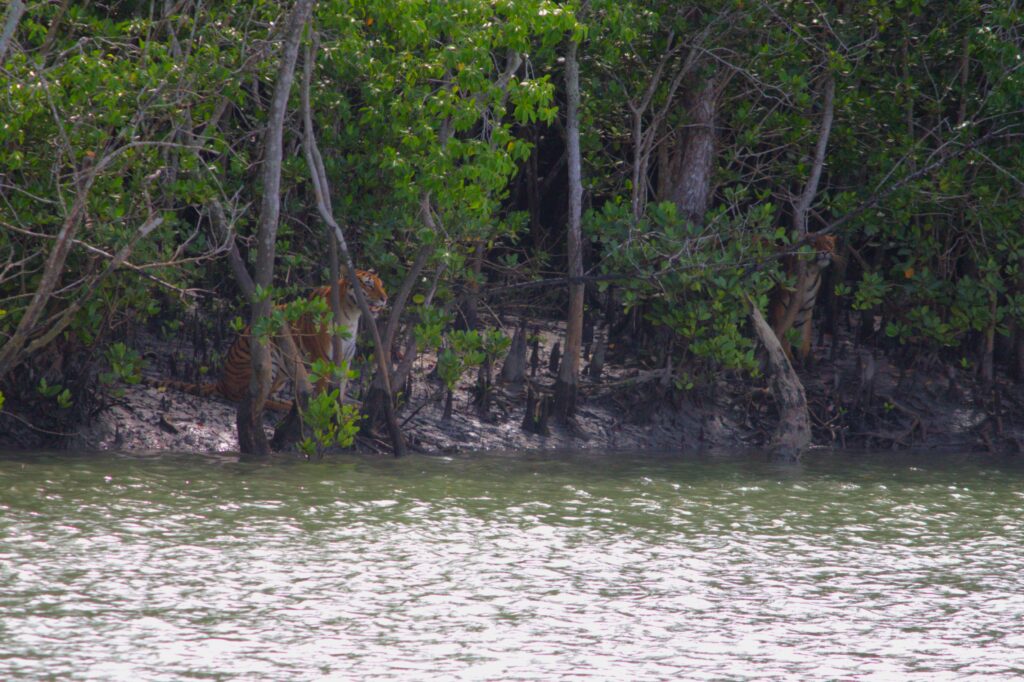Nestled in the Ganges, Brahmaputra, and Meghna rivers delta, the Sundarbans is one of the most mesmerizing natural wonders on Earth. Spanning approximately 10,000 square kilometers across India and Bangladesh, it is the world’s largest contiguous mangrove forest, a UNESCO World Heritage Site, and home to many wildlife, including the majestic Royal Bengal Tiger.
A Unique Ecosystem
The Sundarbans is a labyrinth of tidal waterways, mudflats, and small islands covered with salt-tolerant mangrove trees. These trees play a crucial role in protecting coastal areas from storms and erosion while serving as breeding grounds for a variety of marine life. The forest is named after the ‘Sundari’ tree (Heritiera fomes), which is one of the dominant species found in the region.
Biodiversity Hotspot
The Sundarbans is a paradise for wildlife enthusiasts and researchers. It hosts more than 400 species of wildlife, including:
- Royal Bengal Tiger – One of the largest tiger populations in the world, uniquely adapted to swimming and surviving in the swampy terrain.
- Estuarine Crocodiles – Massive reptiles that thrive in brackish waters.
- Gangetic Dolphins – Rare and endangered freshwater dolphins found in the river channels.
- Numerous Birds – Over 300 species of birds, including kingfishers, herons, and the endangered masked finfoot.
- Spotted Deer and Wild Boars – Key prey species for the tigers.
The Role of Sundarbans in Climate Protection
Beyond its rich biodiversity, the Sundarbans acts as a natural shield against cyclones and tidal surges. The dense mangrove vegetation absorbs carbon dioxide, helping to combat climate change. However, rising sea levels, deforestation, and climate change pose serious threats to this fragile ecosystem.
The People and Their Culture
Millions of people live in and around the Sundarbans, depending on its resources for their livelihood. Fishermen, honey collectors, and woodcutters brave the dense forests, often encountering tigers and other wildlife. The region is rich in folklore and myths, with deities like Bonbibi, the protector of the forest, being an integral part of the local culture.
Conservation Efforts
Several conservation initiatives are in place to protect the Sundarbans and its inhabitants. Governments, environmental organizations, and local communities work together to mitigate human-wildlife conflicts, curb illegal poaching, and promote sustainable tourism. Eco-tourism initiatives are also on the rise, allowing visitors to explore the stunning beauty of the Sundarbans while contributing to its preservation.
Conclusion
The Sundarbans is a breathtaking example of nature’s resilience and beauty. It is a haven for biodiversity, a protector of coastal communities, and a region steeped in cultural heritage. However, protecting this unique ecosystem is a collective responsibility. Sustainable practices and conservation efforts are crucial to ensuring that the Sundarbans continue to thrive for generations to come.

